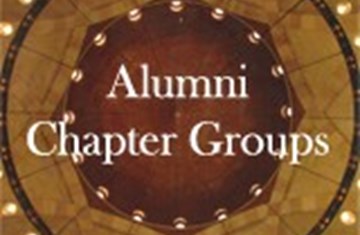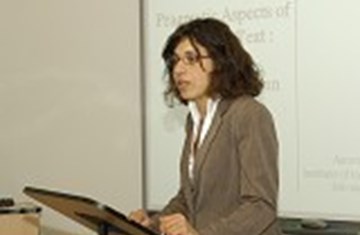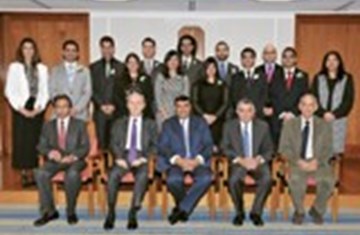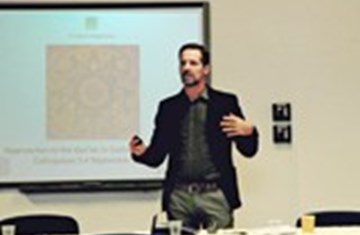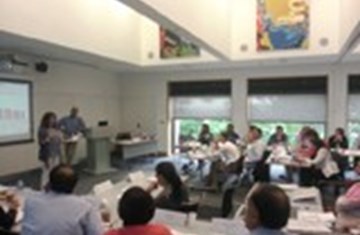Living in Historic Cairo: A New Interdisciplinary Publication
Published by Azimuth Editions in association with The Institute of Ismaili Studies and the University of Washington Press, the book was originally conceived as accompanying an educational film in both English and Arabic called Living with the Past: Historic Cairo, which now comes as a DVD with the book. This interdisciplinary volume’s chapters reflect the different interests of the project: past and present, historical, art historical and social. Contributors include scholars such as Professor Roy Mottehedeh, Dr Alice C. Hunsberger, Dr Heinz Halm and Dr Fahmida Suleman as well as representatives from AKTC and the Cairo Project Administration.
Since the Fatimids founded the city of Cairo in 969 CE, the city has been a pre-eminent religious, political and cultural centre of the intersecting Muslim, Mediterranean and African ecumenes. Today its abundance of antiquities and historical monuments from the Fatimid, Ayyubid, Mamluk and Ottoman periods mean that it is an exceptional place to study the development of Islamic architecture and material culture.
However, few books on Cairo have endeavoured, as this one has, to provide an overarching historical analysis of the city together with an in-depth discussion of how present urban populations relate to their historical environment. Fernea hopes that this publication “will lead to further interdisciplinary research into society and life in the setting of structural formations in historically important areas of the world’s great cities.”
AKTC and their project partners recognised that it was not enough to restore the monuments of the central historic district of al-Darb al-Ahmar and that improving the socio-economic life of its inhabitants was just as important. The projects gave residents access to technical, financial and logistical assistance, and a chance to participate in the transformation of the historic area. Part of enhancing the lives of the local Cairene population in al-Darb al-Ahmar was the creation of al-Azhar Park on the al-Darassa site which had contained a large local rubbish dump, giving a green lung to the city.
“The so-called monuments of al-Darb al-Ahmar are in fact simply community buildings of historical and architectural significance which, almost always, are still playing their original roles as components of a dynamic and vibrant urban fabric”, say Karim Ibrahim and Seif El-Rashidi in their chapter, ‘Contemporary observations of al-Darb al-Ahmar’. Restoration projects which re-script heritage, for example, by clearing shops around monuments to create ‘Open-Air Museums’ designed for tourists, are seen as a mistake. These projects isolate monuments from their local community so that the area becomes merely a collection of underused historical buildings.
This book shows that urban renewal projects of historical areas must have a code of ethics and be responsive to the requirements of locals, as well as having a basis of scholarly research. Furthermore, these projects should be seen as important catalysts for social and economic change.
Related Pages on the IIS Website:
Publication Page: Living in Historic Cairo: Past and Present in an Islamic City
Video: Author Interview with Professor Azim Nanji

